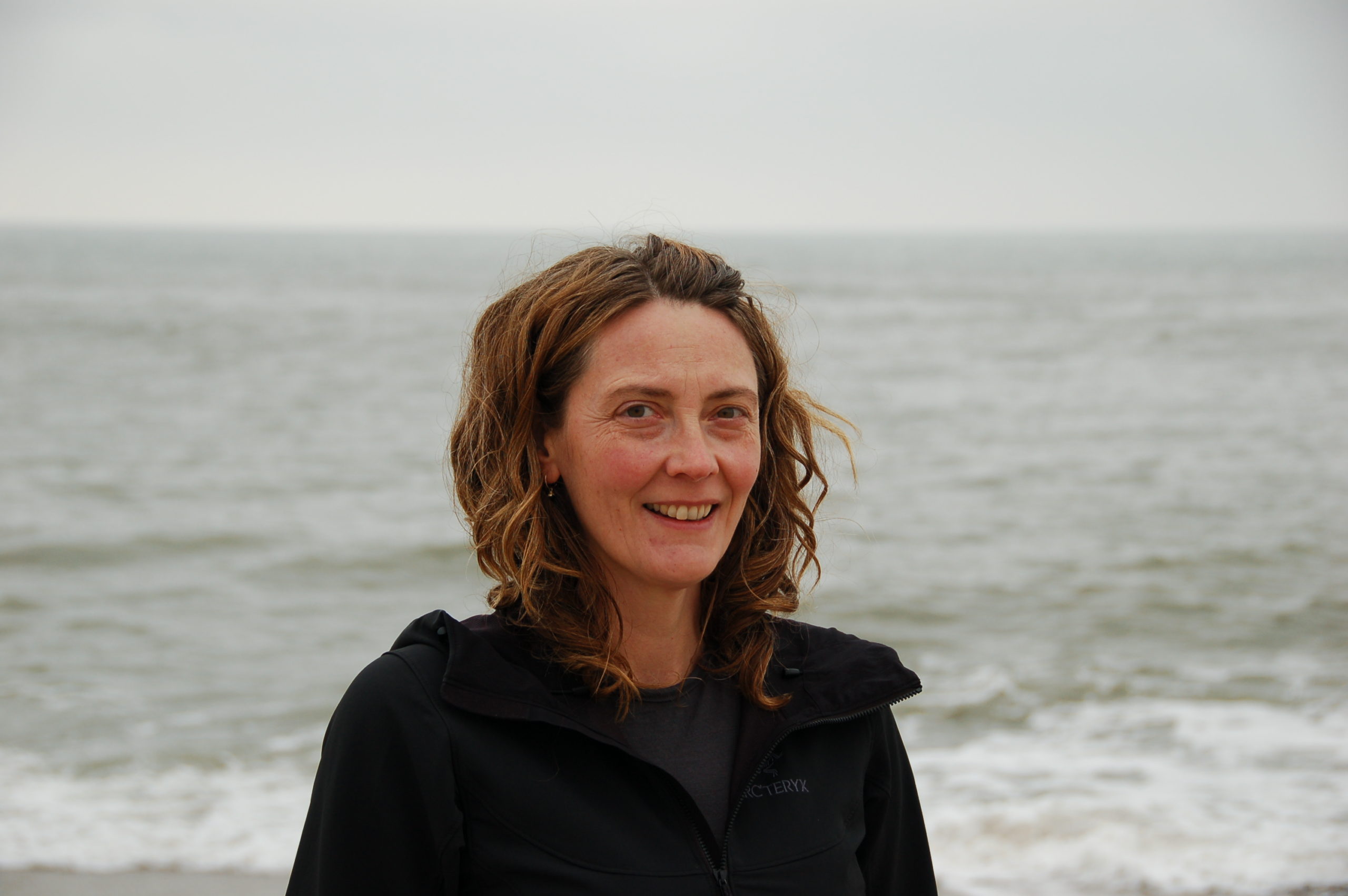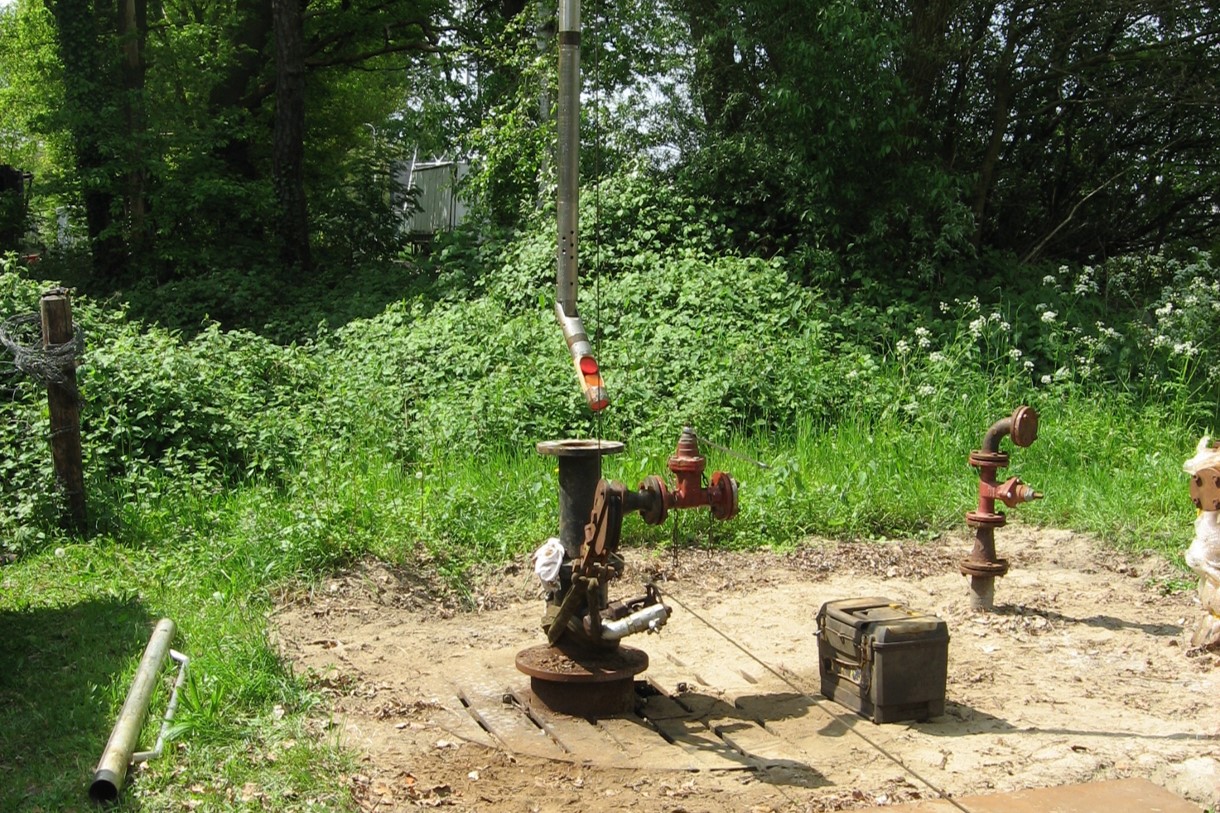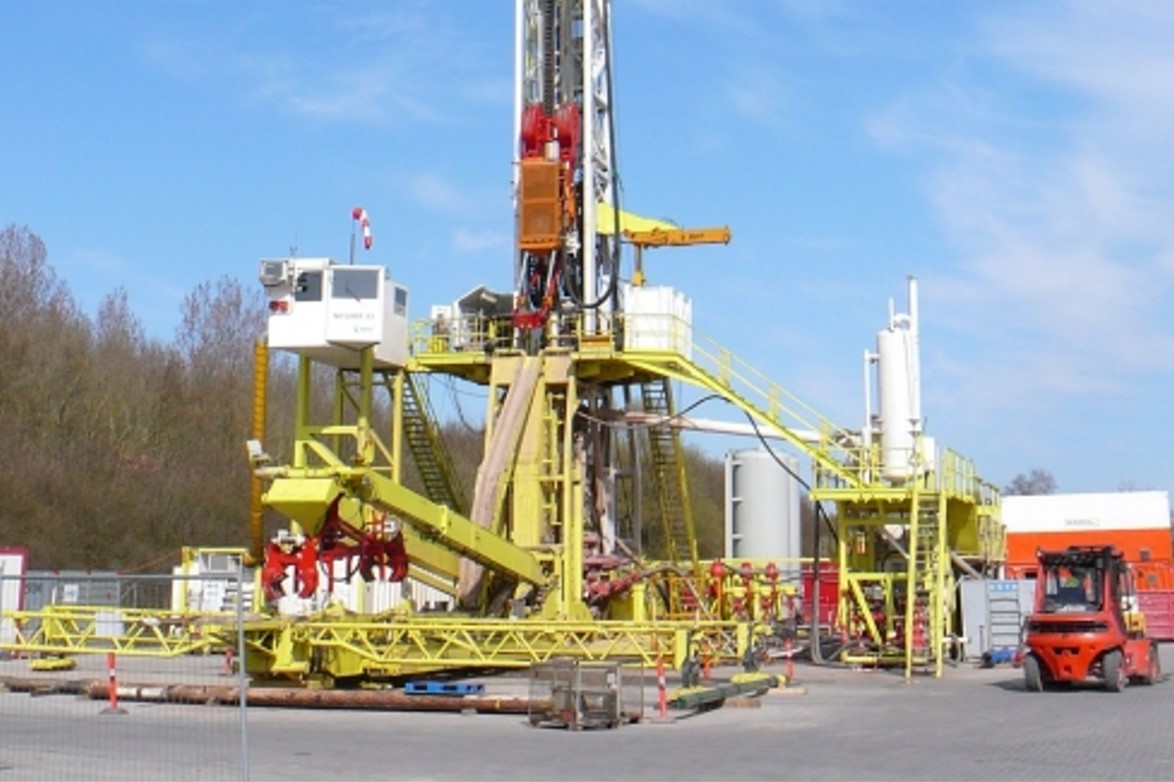“When I graduated in 1999 with a master in geology, the market wasn’t very good for employment in the oil industry,” Charlotta recalls. “The oil price stood at about 10 dollar a barrel, and as a consequence many companies were closing their doors.”
Born in Sweden and studied in Norway, Charlotta has always seen herself as a Scandinavian, so maybe it is not too much of a surprise that she eventually secured a job in Denmark. She started working as a geologist for state-owned company Dong, that participated in all developments in the Danish sector.
The first step out
“I gained a lot of insight in the Danish subsurface quickly,” Charlotta explains. “However, Dong was not supposed to look beyond the boundaries of the Danish part of the continental shelf, so it was really quite interesting to see the Siri Canyon play unfold, as this heralded a change in that regard.”
The Siri Canyon play constitutes a string of mass flow sands in the north of the Danish North Sea, shed from the Norwegian landmass in Paleocene times. Oil generated in the Central Graben to the west managed to reach these sandstones and was trapped in a few places.
As the fields in the Siri Canyon are situated very close to the Norwegian-Danish offshore boundary, there was an appetite to explore for an equivalent in Norwegian waters. For that reason, Dong was granted the opportunity to look for similar reservoirs outside the Danish North Sea, and as such the horizon for a group of geoscientists at Dong, including Charlotta, opened up towards the north.
“We didn’t know much about the Norwegian sector at all,” Charlotta says, “but now having a mandate to move into the area meant that we had carte blanche to immerse ourselves in the geology of a new area, which was very exciting.”
The doors opened more widely
As the Faroe Islands are also part of the Danish political entity, it must be said that there was also the opportunity to look at the Atlantic margin; Dong had a couple of licences in Faroese waters in the early 2000’s. “However, driven by the success of exploration in the UK part of the West of Shetlands, we were now also allowed to move across that boundary and apply for licences over there,” Charlotta says.
This was the beginning of a phase of continued expansion, as the company not only applied for acreage in the UK, it also acquired the Norwegian company Pelican in 2001, which had interests in fields such as Ula and Gyda.
“For a geologist to be working in a company with such a growth strategy was really exciting, Charlotta says, especially when it even comes to operating a well in the West of Shetlands and all the technical work that comes with that. In addition, we looked at areas as far as the eastern Mediterranean for a short while, and acquired acreage in the Barents Sea.”
Looking back, it was those 10 years from expanding into the Norwegian sector to ultimately drilling wells as an operator that shaped her career as a geoscientist to a large extent. However, with Dong changing strategy in 2010-2012, driven by climate-related concerns, the company started a downward trend in terms of oil and gas investments. Ultimately, this led to Charlotta losing her job in 2018, shortly after the company was sold to Ineos in 2017.
Life after oil
Since then, Charlotta has worked as an independent consultant, still based in Denmark. Although she still provides specialist geological services to the oil industry, she is also involved in the geothermal sector in the country. “Denmark has a number of good reservoirs to extract heat from,” Charlotta adds, “and it really is a potential resource that should be looked at more.” She is currently trying to bring together people to unlock this resource better, although there are still some hurdles to take.
All in all, Charlotta looks back at a rewarding career as a geoscientist so far, and even though oil and gas do not form the backbone of her work anymore, she is still very much involved in subsurface work in the green energy sector and very much looking forward to continue this way.
HENK KOMBRINK





